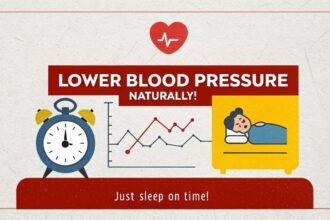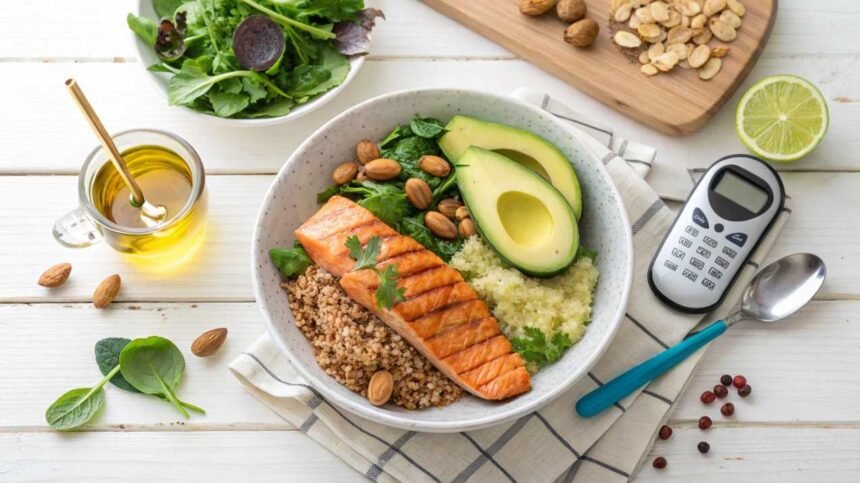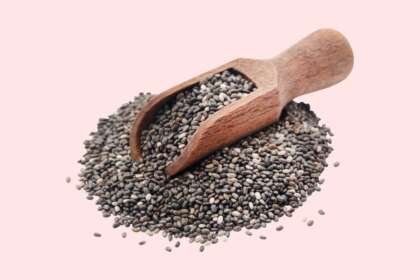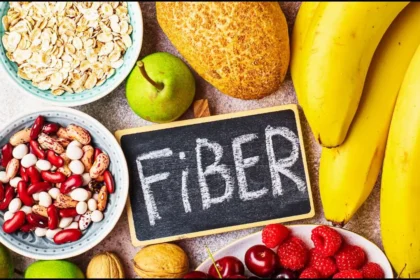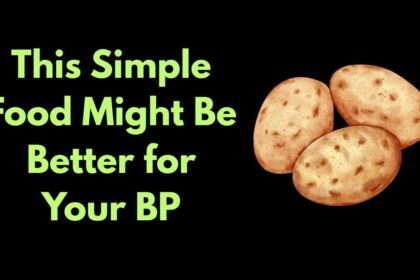Managing type 2 diabetes may seem challenging at first, but the right diet can make a world of difference.
In fact, research consistently shows that what you eat plays a crucial role in controlling blood sugar, improving energy, and even reducing your dependence on medications.
For millions of Americans living with type 2 diabetes, adopting a balanced, nutrient-rich diet is one of the most effective ways to take control of their health.
The Power of a Balanced Eating Plan
According to the American Diabetes Association (ADA), a diet emphasizing vegetables, fruits, whole grains, lean proteins, and healthy fats can help stabilize blood sugar levels and improve overall well-being.
Unlike restrictive “fad” diets, a sustainable eating plan focuses on variety and balance ensuring your body gets all the nutrients it needs without spiking your blood sugar.
The Mediterranean Diet: A Proven Approach
Among the best diet plans for type 2 diabetes management, the Mediterranean diet consistently stands out.
This heart-healthy eating style centers on olive oil, fish, legumes, nuts, and plenty of fresh produce.
Studies have shown that following the Mediterranean diet improves insulin sensitivity and helps lower blood sugar naturally.
It’s also linked to a reduced risk of heart disease – a major concern for people with diabetes.
For example, replacing butter with olive oil, adding beans to your meals, and including fish like salmon or tuna twice a week can make a measurable difference in your blood sugar and cholesterol levels.
The Role of Fiber in Blood Sugar Control
Fiber is one of the most powerful nutrients for diabetes management. Foods rich in fiber—such as oats, beans, apples, and berries – slow down sugar absorption, preventing blood sugar spikes after meals.
A study published in Diabetologia found that individuals who consumed more whole grains and dietary fiber had a significantly lower risk of developing type 2 diabetes.
To increase your fiber intake, try swapping white bread for whole-grain options, adding chia seeds or flaxseeds to your breakfast, and incorporating a side of vegetables with every meal.
Smarter Carbohydrate Choices
Carbohydrates have the biggest impact on blood sugar, but not all carbs are created equal. Refined and starchy foods – like white rice, pasta, and sugary snacks can cause sharp spikes in glucose levels.
Instead, opt for complex carbohydrates such as brown rice, quinoa, sweet potatoes, and whole-grain bread.
These foods release glucose more slowly, keeping your blood sugar steady throughout the day.
Monitoring your carb intake and pairing carbs with protein or fat can also help prevent rapid sugar fluctuations.
5. The Importance of Protein and Healthy Fats
Protein is another essential part of a diabetes-friendly diet. It keeps you full longer and supports muscle health.
Lean sources such as chicken, eggs, tofu, and fish are ideal choices. Likewise, healthy fats—found in avocados, nuts, seeds, and olive oil support heart health and help your body absorb fat-soluble vitamins.
These fats also contribute to better cholesterol levels, which is particularly beneficial since people with diabetes have a higher risk of heart disease.
Portion Control and Regular Meal Timing
Even healthy foods can affect blood sugar if eaten in large quantities. Practicing portion control and eating meals at consistent times helps maintain stable glucose levels and prevents unwanted dips or spikes.
Aim for smaller, balanced meals spaced evenly throughout the day.
A Sustainable Lifestyle, Not a Restrictive Diet
Ultimately, the best diet plan for type 2 diabetes management is one that you can enjoy and sustain long-term.
Eating for diabetes doesn’t mean giving up your favorite foods – it means making smarter, more mindful choices.
With consistency, many people experience improvements in blood sugar, weight management, and overall energy levels.


